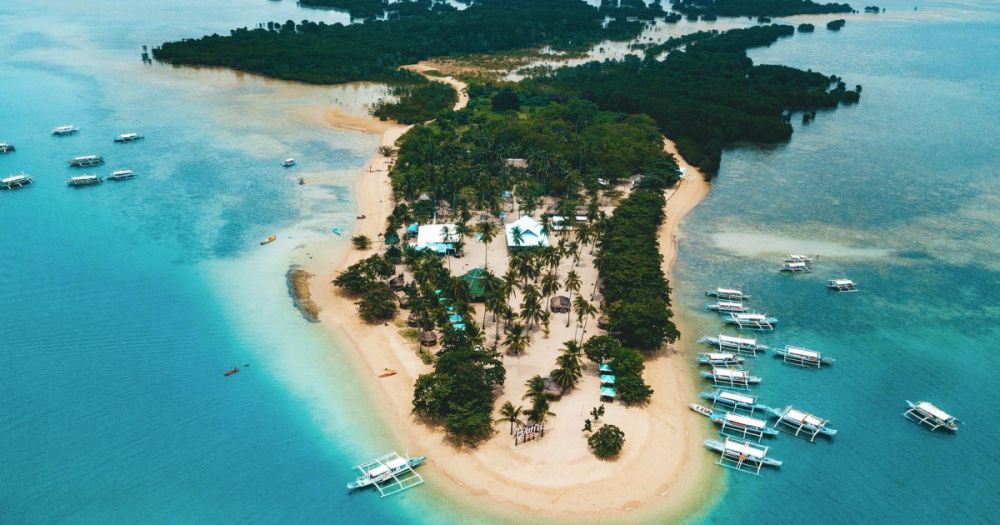

Positioned on the eastern shore of the palatial Palawan Island, Honda Bay has been a gem in the crown of Philippine tourism. Its history as a tourist destination started in earnest during the latter half of the 20th century as infrastructure in Palawan began to develop. The opening of the Puerto Princesa airport in 1970 and the subsequent improvement of roads connecting it to various bays, including Honda Bay, marked a turning point for local tourism.
In the early days, adventurous travelers and backpackers frequented the area, drawn by its pristine natural beauty. The tap of tourism started dripping into Honda Bay as word spread about its unspoiled white sandy beaches, and crystal-clear waters teeming with marine life. Scuba diving and snorkeling soon became popular activities, with the bay's multiple dive spots and coral reefs serving as a strong attraction.
As the global community became increasingly aware of Palawan’s natural splendors, Honda Bay's tourism industry experienced significant growth. Resorts started to emerge along the coast, and boat tours became a key attraction, offering visitors the chance to hop between the numerous islands scattered across the bay, such as Starfish Island, Luli Island, and Cowrie Island.
The burgeoning tourist trade in the late 20th and early 21st centuries brought an intense focus on conservation efforts to preserve the bay's delicate ecosystems. This included the establishment of marine sanctuaries and the implementation of sustainable tourism practices. Efforts to educate tourists on the environmental impact of their visits became pivotal in maintaining the balance between tourism and conservation.
In recent years, eco-tourism has taken a front seat in Honda Bay's tourism industry. The local government and numerous NGOs have worked to ensure tourism's continued sustainability, implementing rules that restrict certain activities in order to protect coral reefs and marine life. There has been an increase in the popularity of more intimate and sustainable tourism experiences, like kayaking through mangroves and small-group island tours that emphasize minimizing environmental impact.
Furthermore, the rise of digital technology and social media has played a significant role in the latest tourism trends. Travelers now seek Instagram-worthy destinations, and Honda Bay, with its astonishing landscapes and aquatic wonders, has become a hotspot for those looking to capture the perfect holiday photo. Online platforms also facilitate easier access to tour bookings and travel information, making it more convenient for tourists to plan and customize their visits to Honda Bay.